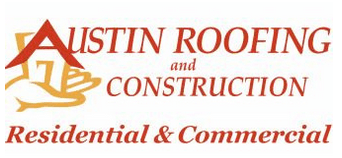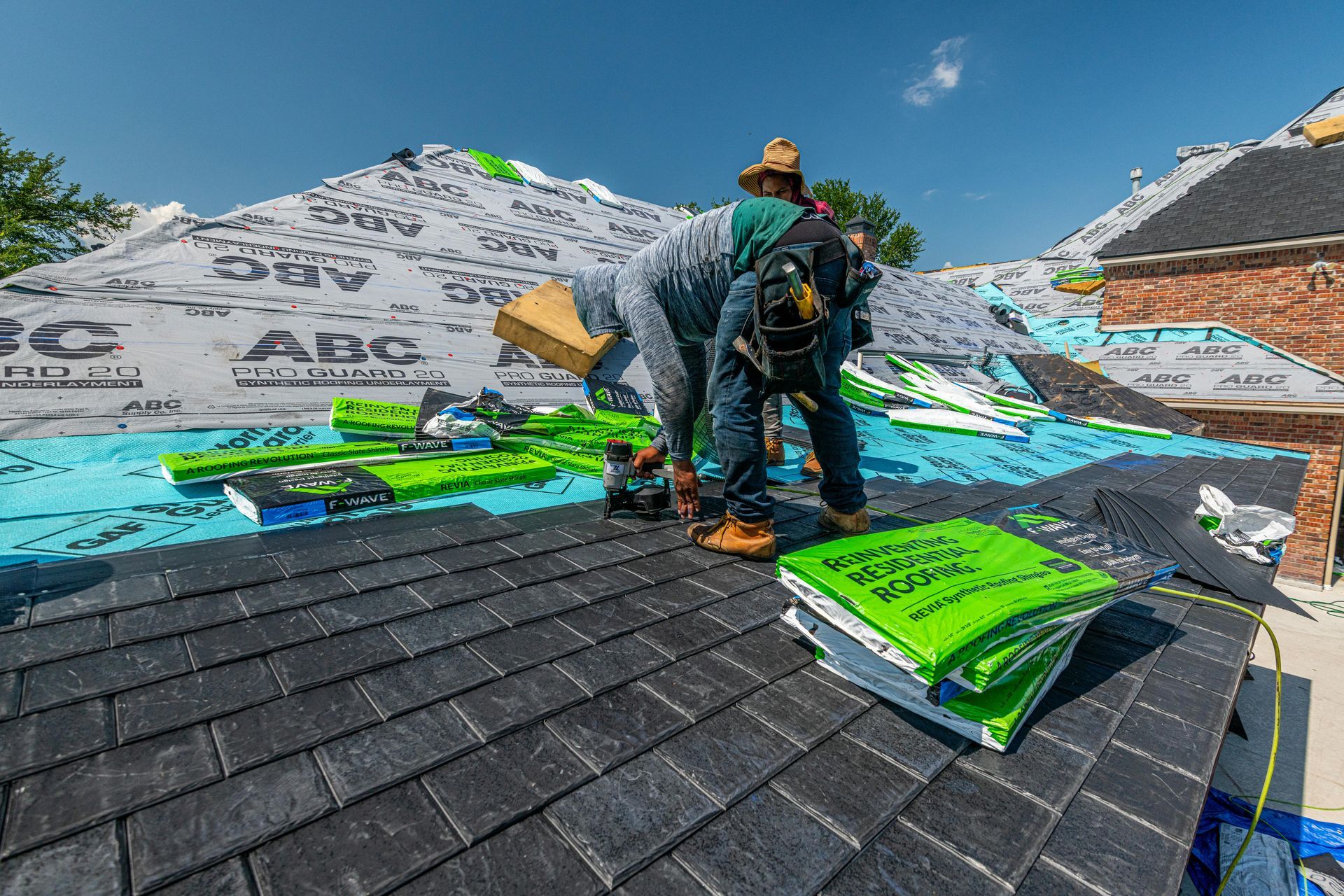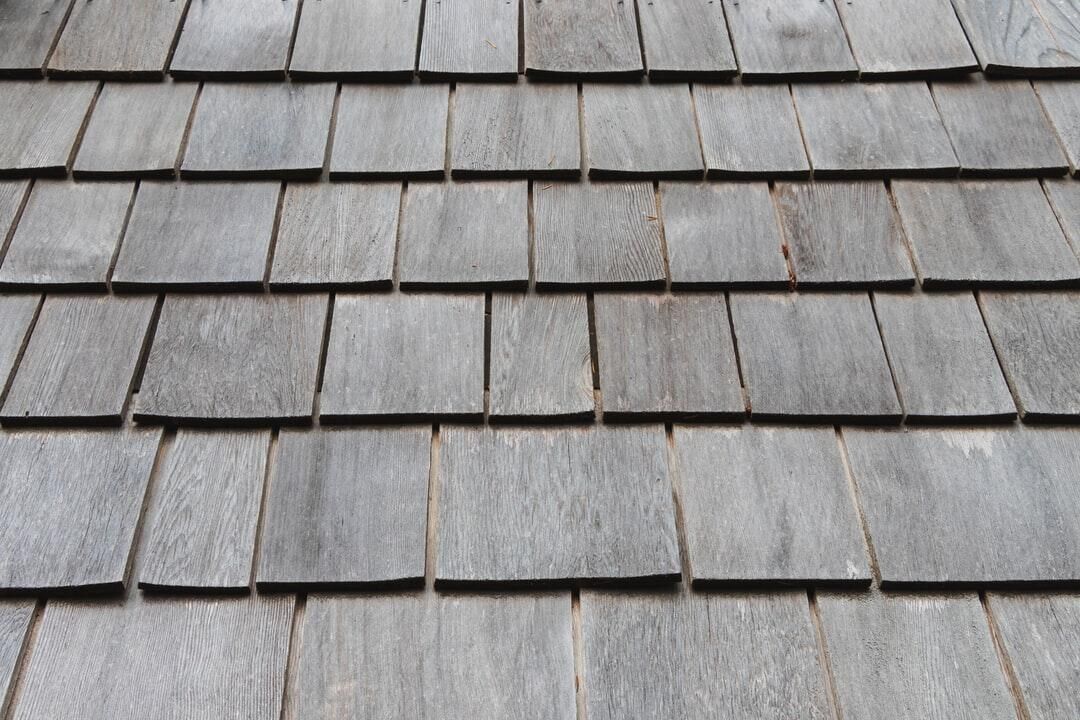Roofing Glossary: Key Terms Every Homeowner Should Understand
christine • July 3, 2024
Set Up a Free Site Visit Now
Understanding roofing terminology is essential for homeowners when discussing roof repairs, replacements, or maintenance with contractors. Here’s a comprehensive glossary of key roofing terms to help you make informed decisions about your roofing needs.
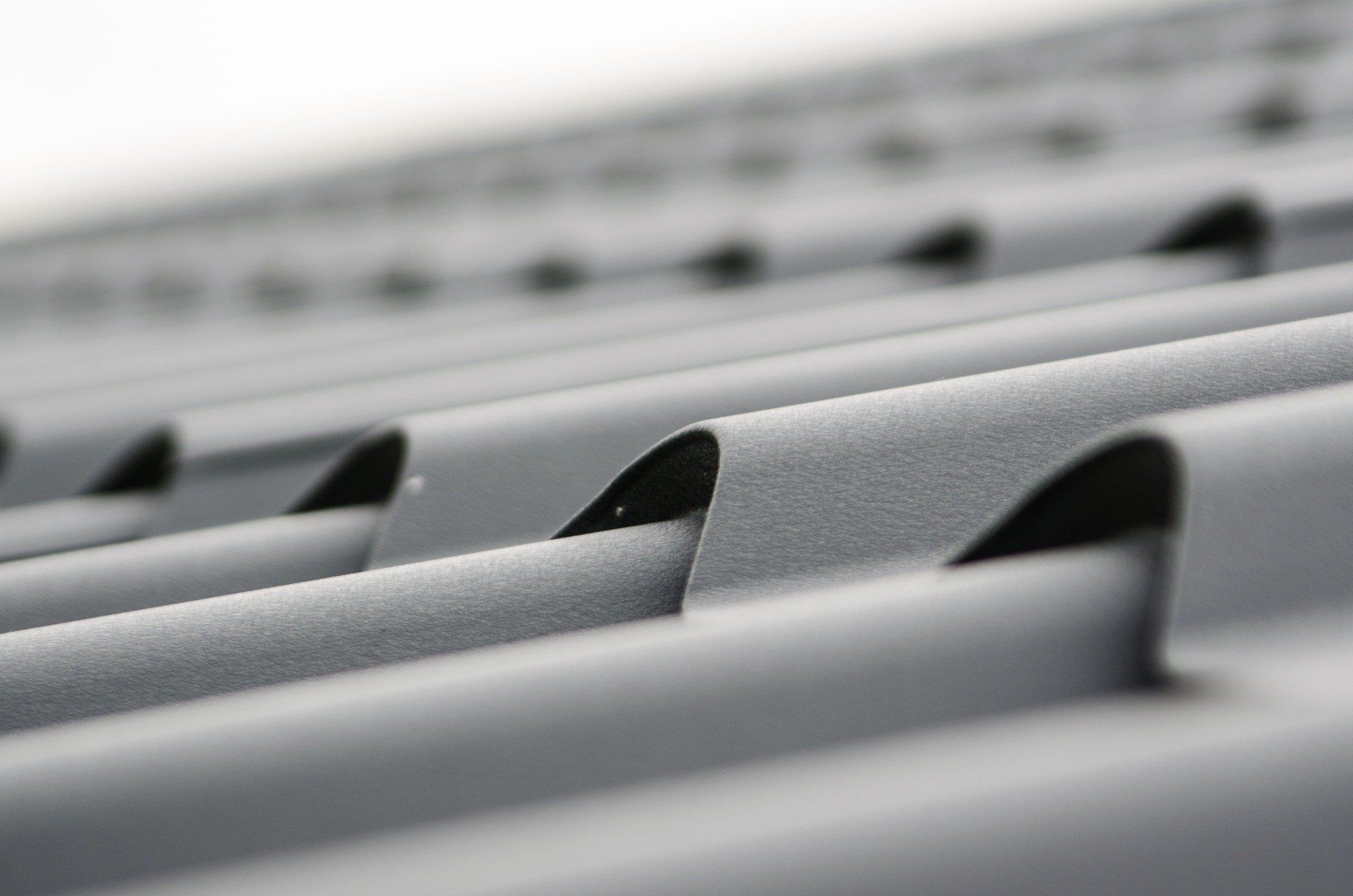
A.
Algae:
- Microorganisms that can grow on shingles, causing discoloration and streaks. Common in humid climates.
Asphalt Shingles:
- Popular roofing material made of asphalt and fiberglass or organic felt. Known for affordability and durability.
b.
Blistering:
- Raised areas on shingles caused by trapped moisture or poor ventilation.
Boot:
- A waterproof covering used around roof penetrations like pipes and vents.
c.
Chimney Flashing:
- Metal or other waterproof material installed around the base of a chimney to prevent leaks.
Cricket:
- A peaked saddle construction on the high side of a chimney or other roof projection to divert water around it.
D.
Decking (or Sheathing):
- The structural base for the roof, usually made of plywood or OSB, to which roofing materials are applied.
Dormer:
- A vertical window projecting from a sloping roof, often used to add light and space to an attic.
e.
Eaves:
- The lower edges of the roof that overhang the walls of the building.
EPDM:
- Ethylene Propylene Diene Monomer, a type of durable synthetic rubber roofing membrane used in flat roofs.
f.
Fascia:
- The vertical band under a roof edge, often where gutters are attached.
Flashing:
- Pieces of metal or other material installed to prevent water from penetrating the roof around projections, edges, and intersections.
g.
Gable:
- The triangular upper part of a wall at the end of a ridged roof.
Granules:
- Crushed rock or other materials embedded in the surface of shingles to protect them from UV rays and add color.
H.
Hip:
- The external angle formed by the intersection of two sloping roof planes.
HVAC Boots:
- The flashing or covering used to seal HVAC penetrations in the roof.
i.
Ice Dam:
- A buildup of ice along the eaves of a roof that can prevent melting snow from draining, causing leaks.
Insulation:
- Material used to reduce heat transfer and improve energy efficiency in the attic or roof space.
J.
Joist:
- Horizontal structural members that support a ceiling or floor, often part of the roof structure.
L.
Louvers:
- Ventilation openings or slats to allow air to circulate in the attic or roof space.
M.
Membrane:
- A flexible or semi-flexible layer used as a waterproofing layer on flat or low-sloped roofs.
Moss:
- A green, mat-like growth that can accumulate on shingles in damp environments, potentially causing damage over time.
N.
Nail-Pop:
- When a nail pushes up through the shingle, causing a raised area or hole.
O.
OSB (Oriented Strand Board):
- A type of engineered wood used for roof decking, made from compressed wood strands and adhesive.
P.
Pitch:
- The slope of a roof, usually expressed as a ratio of the vertical rise to the horizontal run.
PVC Roofing:
- Polyvinyl Chloride roofing material used in flat and low-sloped roofs for its durability and resistance to moisture.
R.
Rafters:
- Sloped structural members that extend from the ridge to the eaves, supporting the roof deck and covering.
Ridge Vent:
- A ventilation system installed along the peak of the roof to allow warm air to escape from the attic.
s.
Soffit:
- The underside of the eaves, often ventilated to allow air circulation in the attic.
Starter Strip:
- An asphalt shingle or roll used along the eaves to ensure proper coverage and seal.
T.
Tab:
- The portion of a shingle that is visible and not overlapped by the next course.
Tear-Off:
- The process of removing old roofing materials before installing new roofing materials.
u.
Underlayment:
- A layer of material (often felt or synthetic) installed over the roof deck before shingles, providing additional protection against moisture.
UV Protection:
- Features in roofing materials designed to resist damage from ultraviolet rays.
v.
Valley:
- The internal angle formed by the intersection of two sloping roof planes.
Vent:
- Any outlet for air, such as soffit vents, ridge vents, or gable vents, to allow airflow and reduce moisture buildup.
W.
Warranty:
- A guarantee provided by the manufacturer or contractor on the lifespan and performance of the roofing materials.
Wind Uplift:
- The upward force of wind that can lift roofing materials, causing damage if not properly installed.
y.
Yield:
- The production or result of a roofing material, often related to coverage area or durability.
z.
Zinc Strips:
- Metal strips installed along the ridge of a roof to prevent moss and algae growth through the release of zinc particles.
Understanding these key roofing terms will help you communicate more effectively with roofing professionals and make informed decisions about your roofing needs.

When it comes to protecting your home from water damage, roof flashing is one of the smallest yet most important parts of your roofing system. While shingles and underlayment do the heavy lifting against rain and wind, flashing is what keeps water from sneaking in through the cracks — especially around roof penetrations and edges.

At Austin Roofing and Construction, we believe that understanding your roof helps you protect your home better. That’s why we’re launching a new blog series, “The Anatomy of a Roof,” where we break down each layer and explain its purpose. Today, we’re starting at the very foundation: the roof decking .
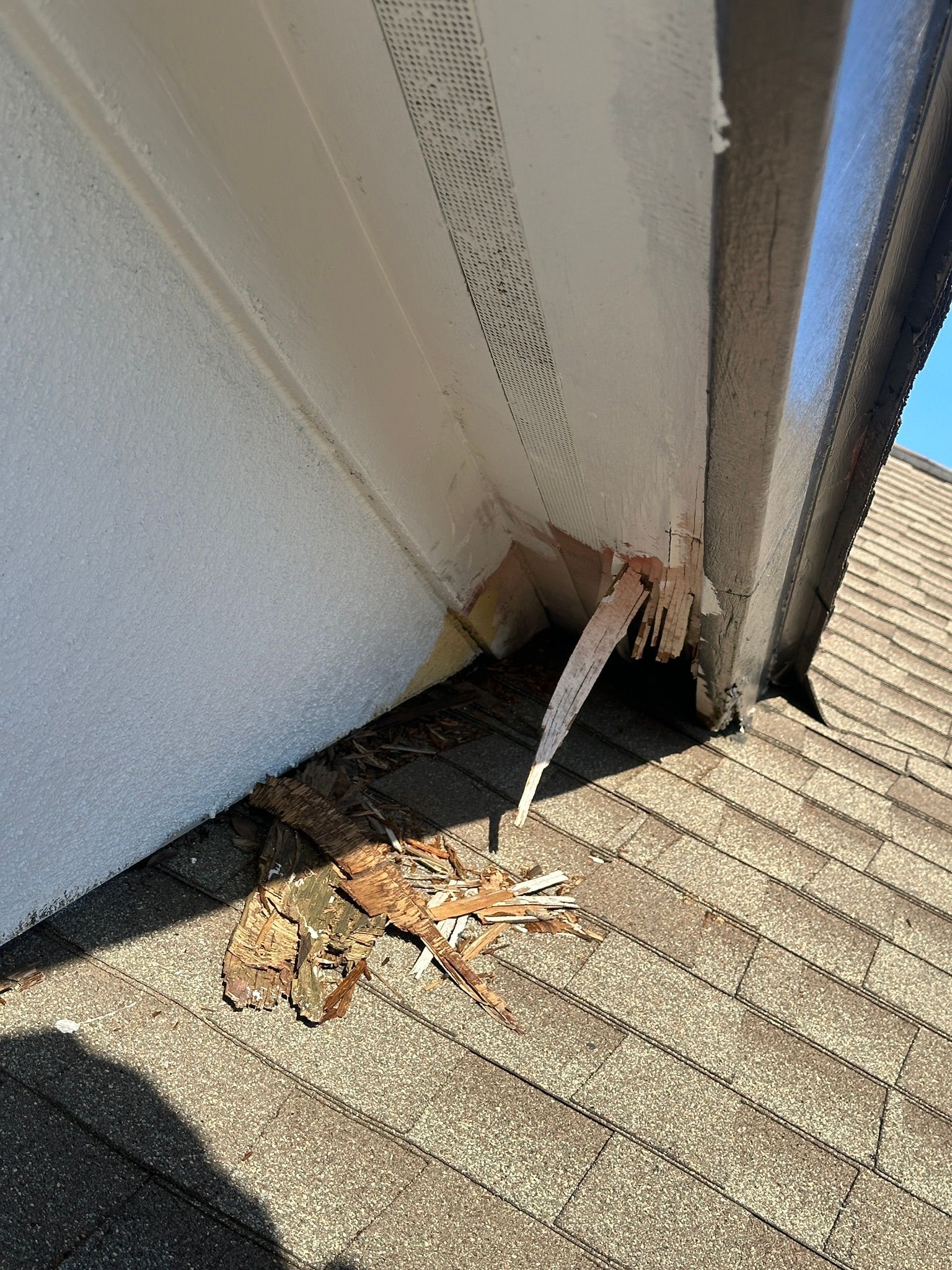
Your home's roof is one of its most important components. It protects the building and everything in it from rain, sleet, snow, wind, and hail. It is also a vital element when it comes to regulating temperatures and creating a comfortable environment. Behind storms, wild animals are one of the most common causes of destruction on roofs. Birds, rodents, termites, bats, bees, and other wild creatures can wreak serious havoc, endangering the integrity of your roof and your home. Below is a comprehensive guide on protecting your roof from animal damage . Keep reading for expert advice on how to identify and address such issues, and keep them from happening again.
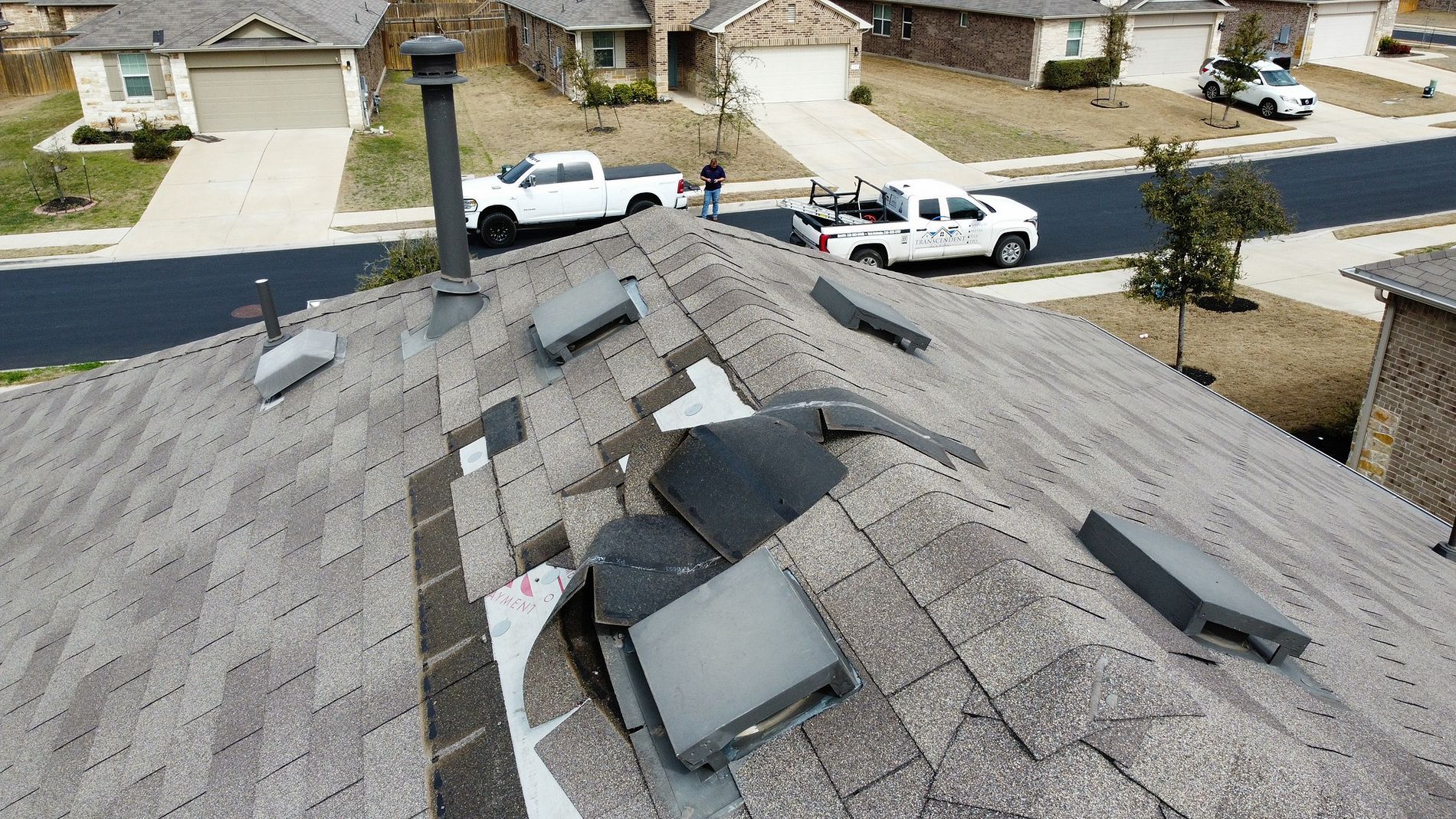
Your roof protects your home from the weather, but strong winds can cause serious damage. Whether from a storm, hurricane, or just a powerful gust, wind can loosen shingles, tear off roofing materials, and lead to costly repairs. Knowing what causes wind damage, how to spot it, and how to prevent it can help keep your roof in good shape and extend its lifespan.

Austin, Texas, is home to a variety of wildlife, including squirrels, raccoons, birds, and rodents. While these critters may seem harmless, they can cause significant damage to your roof if they find a way in. Understanding how these animals impact your home and how to prevent costly repairs is essential for protecting your investment.
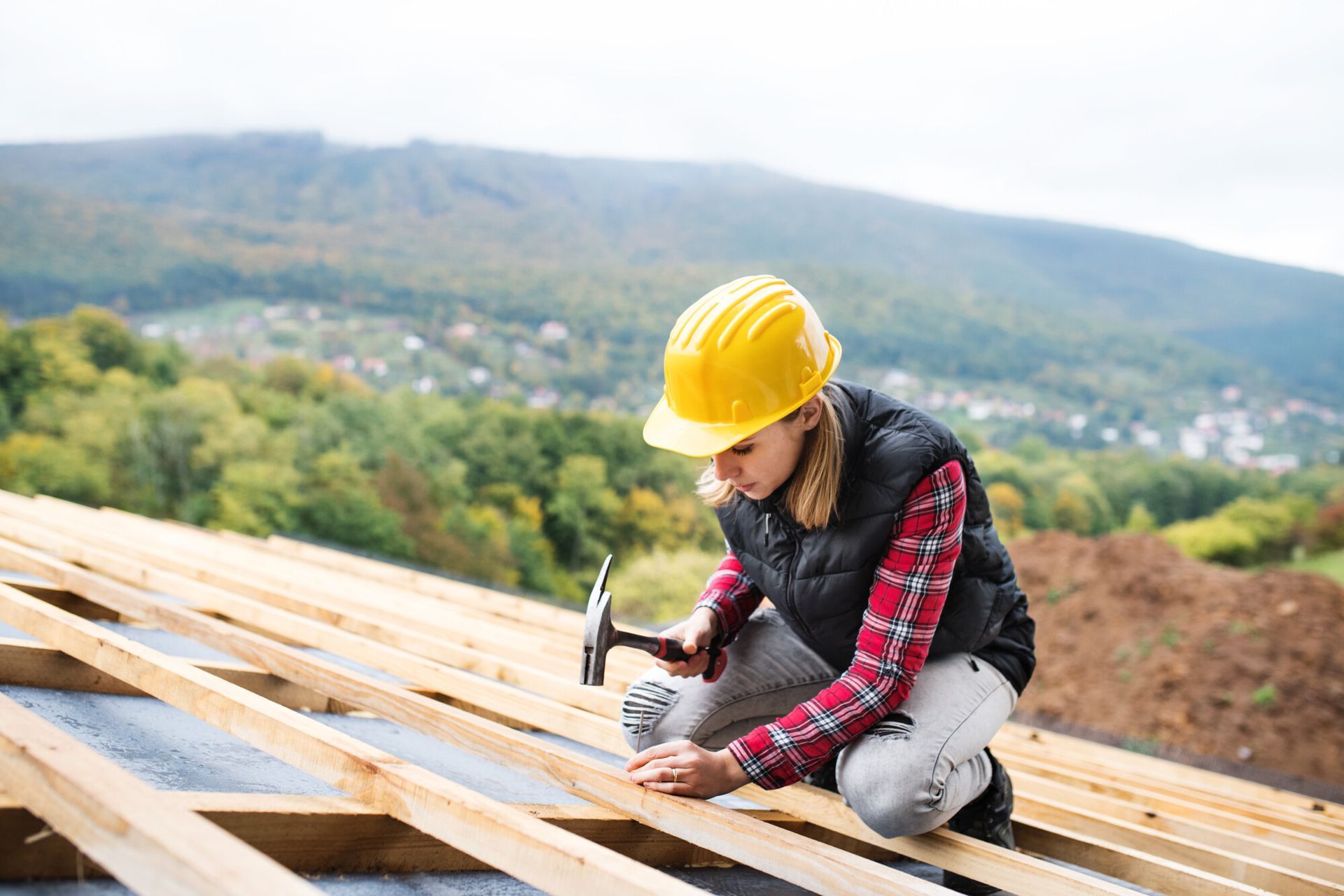
The National Centers for Environmental Information reports that Texas experienced 190 confirmed weather disaster events from 1980 to 2024. The damage from these events, including tropical cyclones and severe storms, exceeded $1 billion in each event. With Austin's unpredictable weather, having a strong, reliable roof is more important than ever. You need a roof that can withstand the extremes of Austin's climate. Whether it's intense heat, heavy rain, or high winds, your roof should offer protection from these harsh conditions. That's where professional roof installation in Austin comes into play. It ensures your roof is built to last and capable of handling the challenges of the local climate. Learn about the key steps and materials involved in roof installation in Austin to make the best decision for your home.
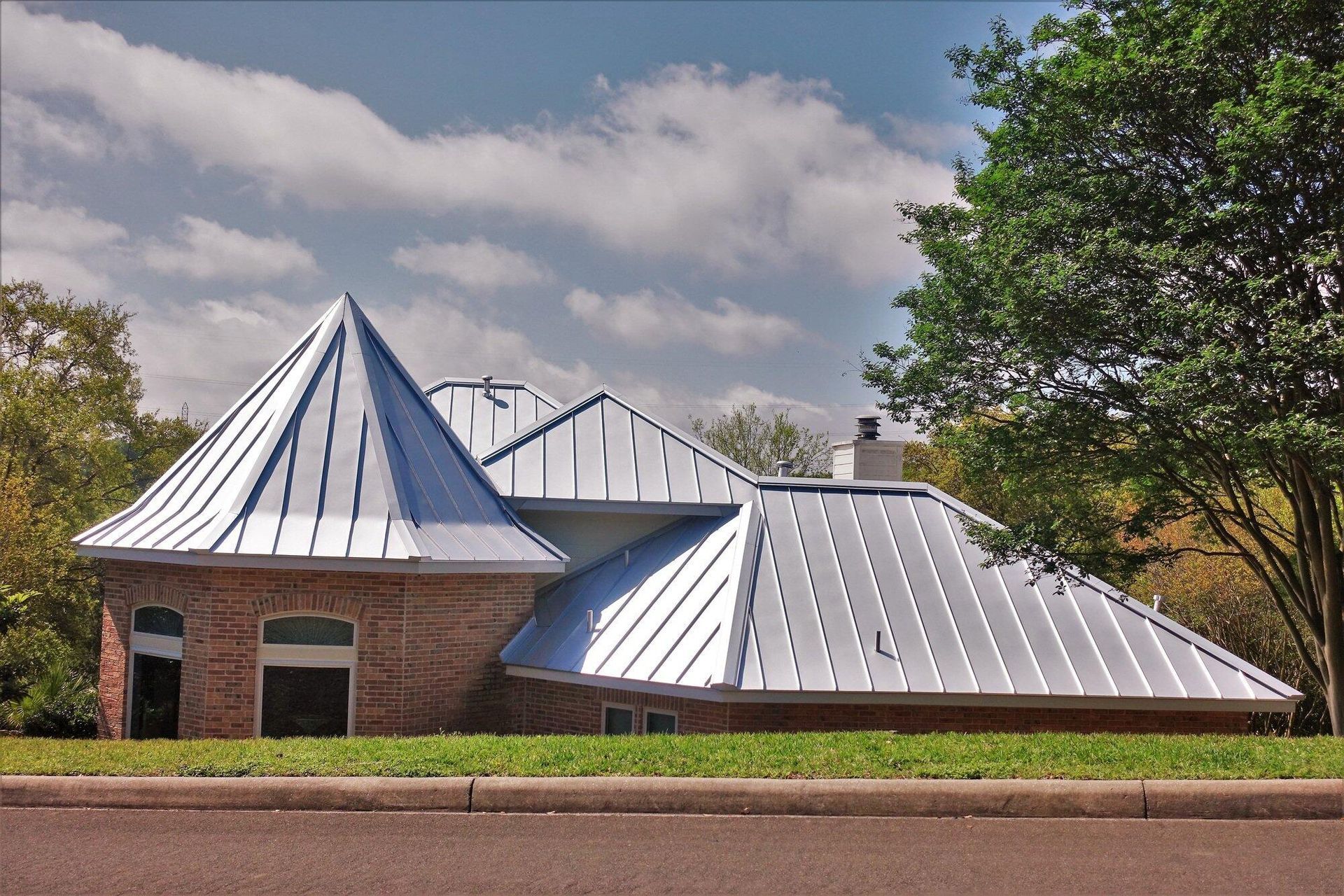
Metal roofs have increased in popularity in recent years. While they tend to be more expensive than traditional asphalt shingles, they can last twice as long (or longer!). Many people wonder, "Can you paint a metal roof ?" The short answer is, yes. However, there are many factors to take into consideration. This article covers what those are, along with some metal roof painting tips, instructions, and maintenance advice. Keep reading to learn more.
